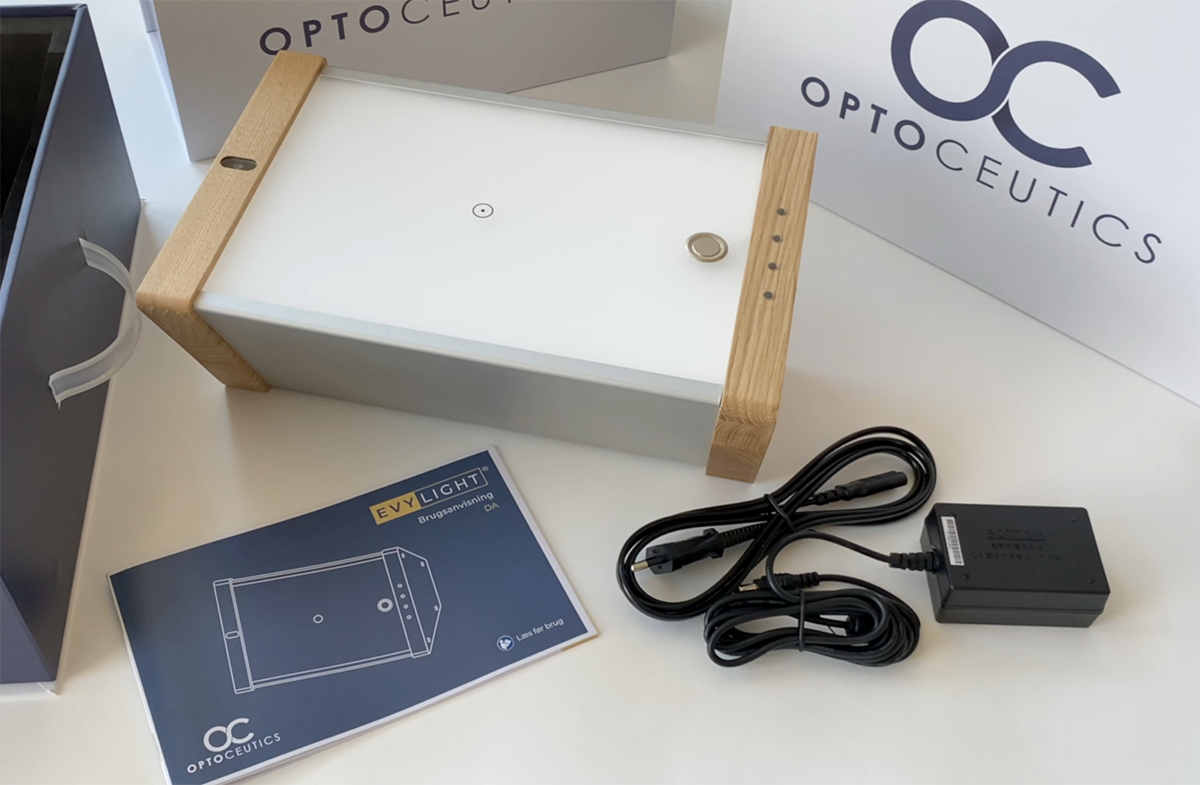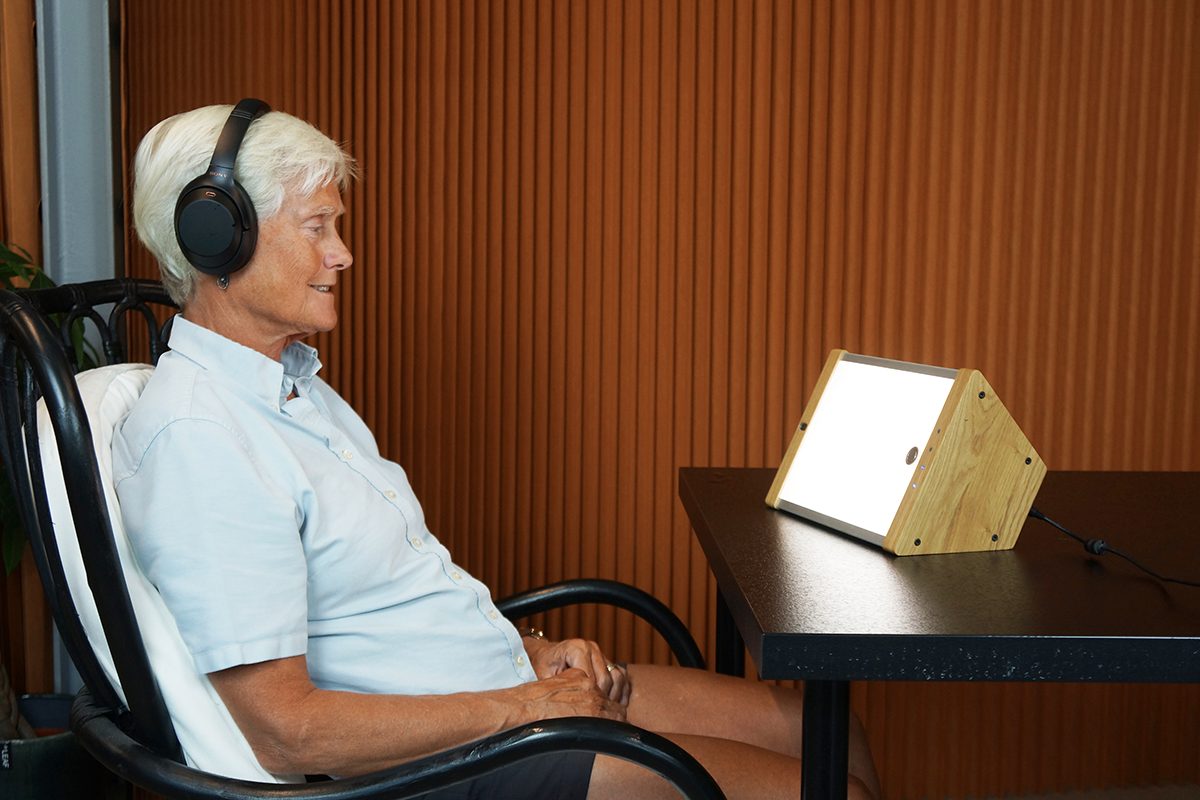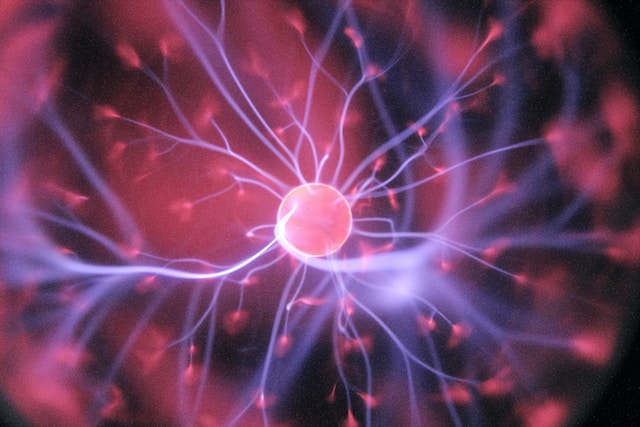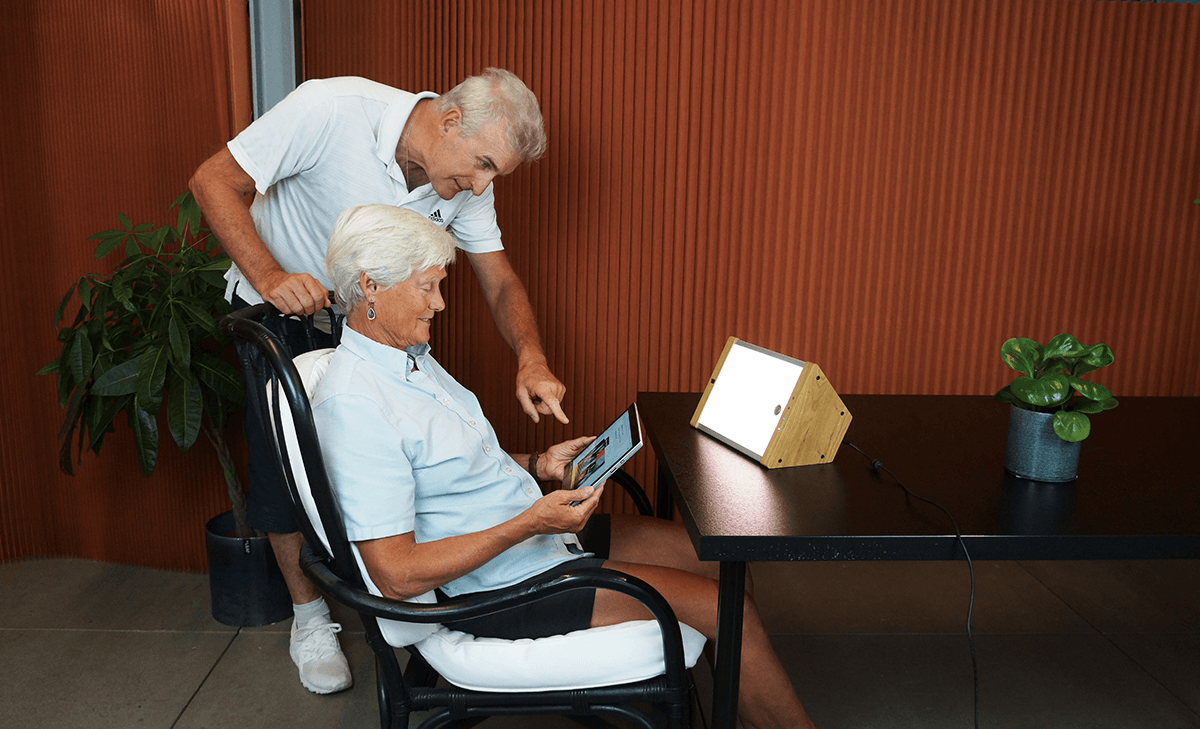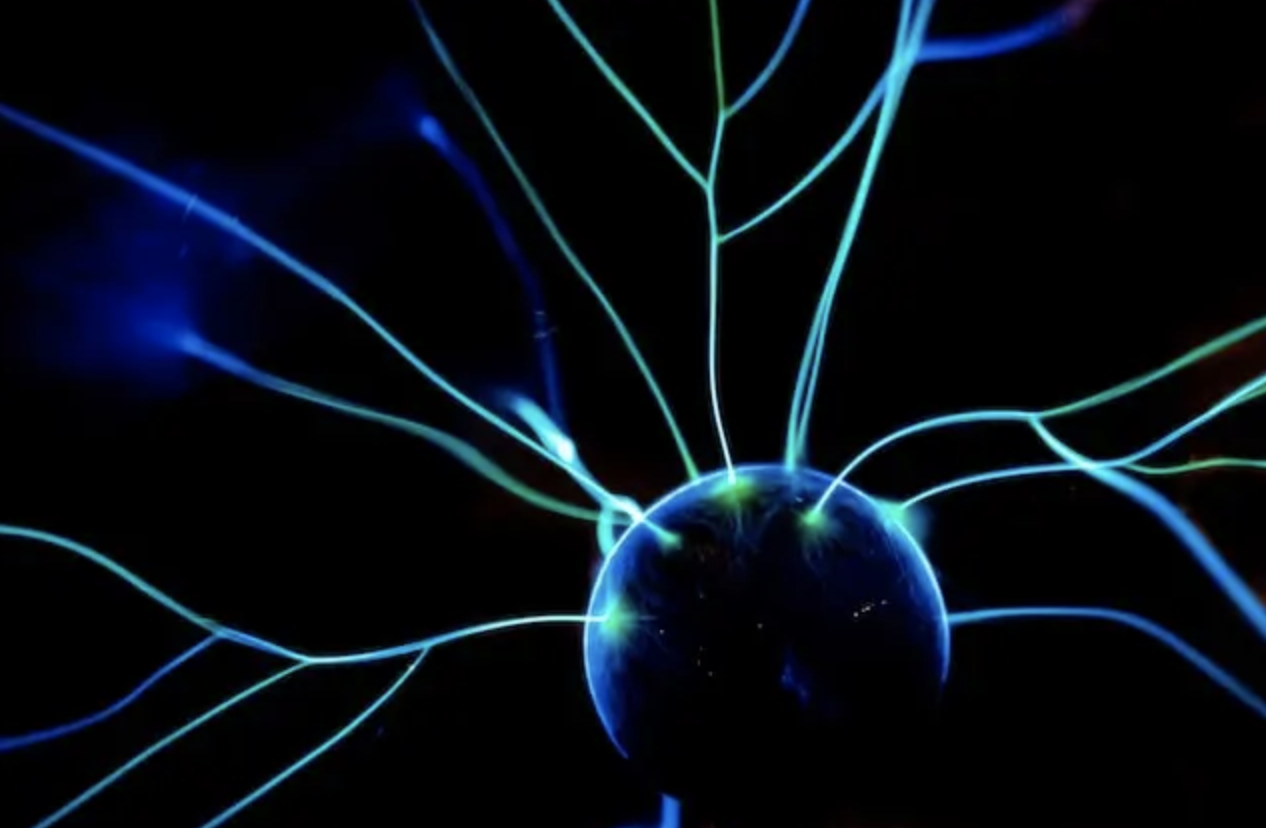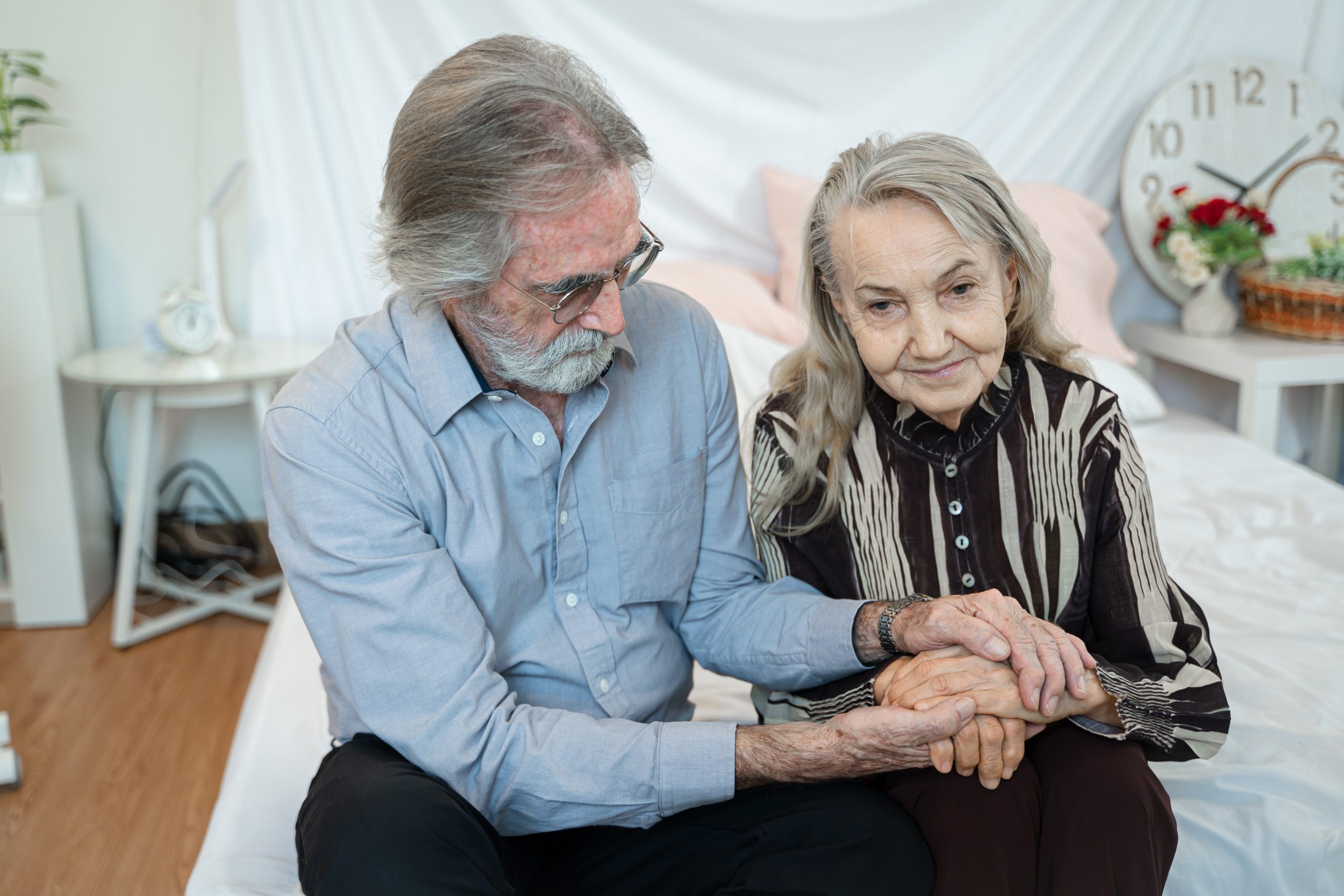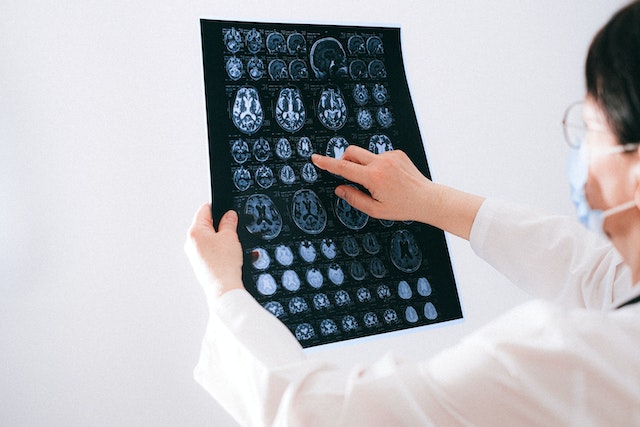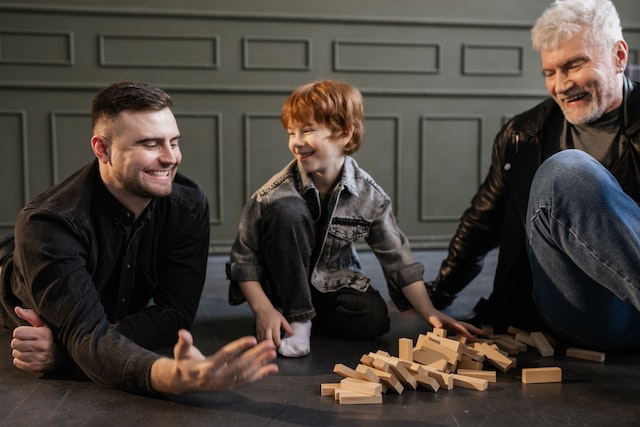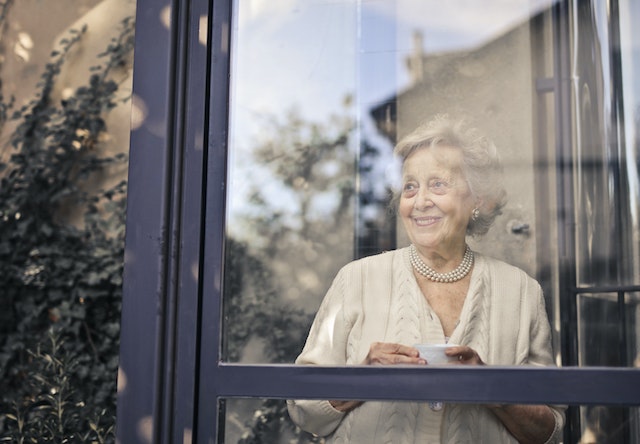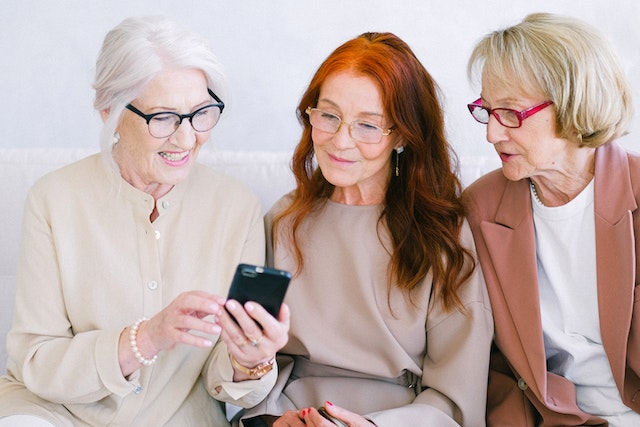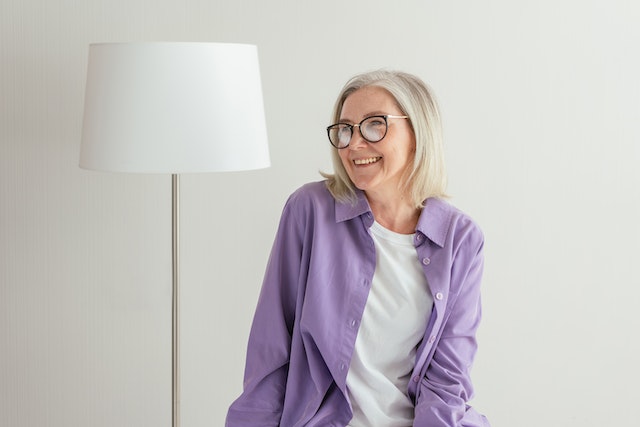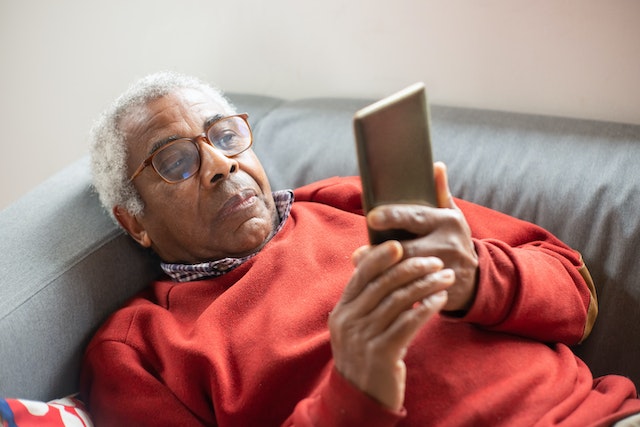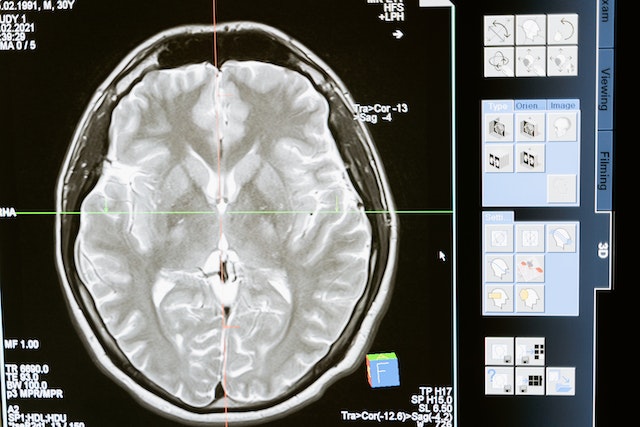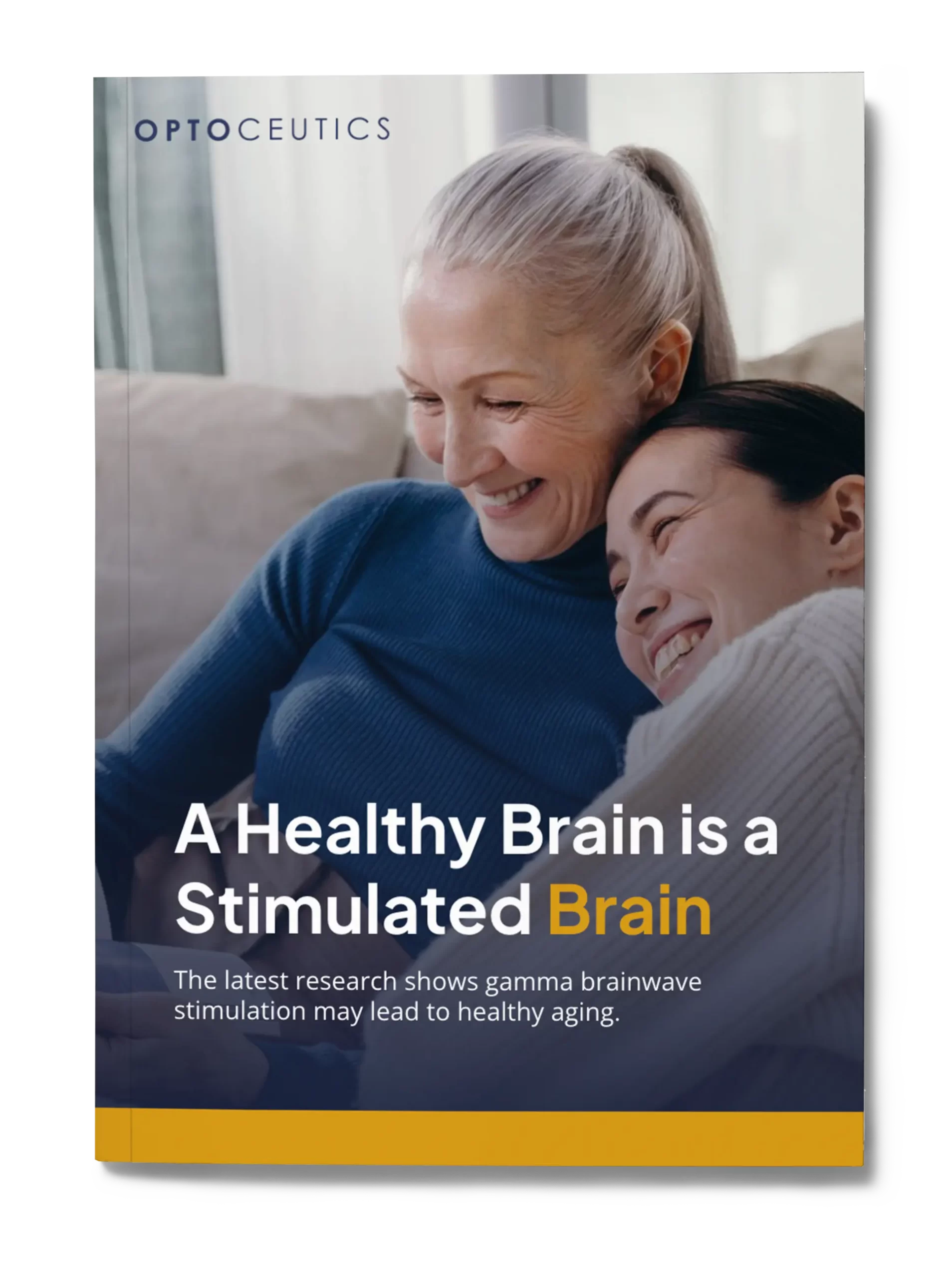Alzheimer’s disease is a progressive neurological disease that impacts memory and cognitive functions. It has proved to be a difficult disease to manage as there is no cure and only limited treatment options. However, new research has offered a potentially new treatment that utilizes light and sound therapy to help manage some of the symptoms associated with this disease.

Christopher Ravn
Key Takeaways
1. Alzheimer’s disease is a neurodegenerative condition that doesn’t have any known cure.
2. Treatments are available for this condition though, including light and sound therapy.
3. Light and sound therapy looks to correct dysfunctions in the brain and can provide a number of benefits including improved sleep and mood patterns.
4. You can receive treatment in clinical settings or by purchasing an at-home light therapy device such as EVY LIGHT.
Table of Contents
1. What Is Light And Sound Therapy For Alzheimer’s And What Are Its Benefits?
2. How Does The Light And Sound Therapy Together Help With Alzheimer’s Treatment?
3. What Does A Light And Sound Therapy Session Look Like?
4. Ongoing Research And Clinical Trials In Sound And Light Therapy Treatments For Alzheimer’s
5. How Does Light And Sound Therapy Affect Brain Functions in Alzheimer’s?
6. What Is The Best Type Of Light And Sound Therapy For Alzheimer’s?
7. What Is The Best Light And Sound Device To Use For Alzheimer’s?
8. How Much Does Light And Sound Therapy For Alzheimer’s Cost?
9. Can Light And Sound Therapy Be Detrimental If You Have Alzheimer’s?
10. Frequently Asked Questions About Light & Sound Therapy For Alzheimer’s
What Is Light And Sound Therapy For Alzheimer’s And What Are Its Benefits?
Light and sound therapy, also known as 40 Hz brain entrainment and auditory stimulation, are two forms of therapy that are used to positively influence brain activity. By targeting specific wavelengths in the brain, known as gamma waves, these therapies can synchronize any disruptions and improve brain functionality. People with Alzheimer’s disease have dysfunctional gamma waves – which partially cause many of the symptoms associated with the disease. Light and sound therapy hopes to counter these symptoms, improving the quality of life in people suffering from this disease.
How Does Light Therapy Work?
Light therapy works by using light pulses set to a particular frequency to interact with brain cells. By doing this, the treatment can help address dysfunction in brain waves, which is believed to cause a number of cognitive and non-cognitive issues in people with Alzheimer’s.
How Does Sound Therapy Work?
Sound therapy works on a similar principle to light therapy, but uses sound instead of light. By using sounds that are set to a specific frequency, the treatment appears to stimulate brain activity in certain ways. This can encourage the brain to tune in to a certain frequency and re-synchronize brain waves that are dysfunctional.
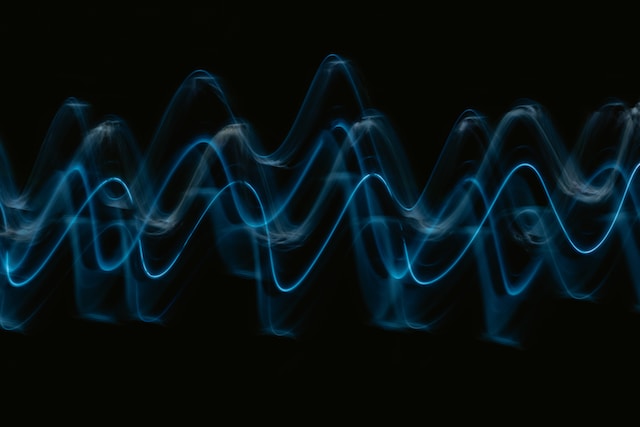
Does Light Or Sound Help With Alzheimer’s?
There have been a number of new studies released that indicate that light and sound therapy can have a positive impact on the symptoms of Alzheimer’s disease. A huge body of research has stemmed from studies conducted by OptoCeutics that looks at the benefits this type of therapy offers. Moreover, researchers at the Massachusetts Institute of Technology (MIT) have performed clinical trials that used light and sound therapy set to a frequency of 40 Hz – or 40 flashes per second. These trials yielded very promising results for Alzheimer’s patients – including improvements in memory, mood, sleep patterns and cognition.
Other Treatments Vs Light And Sound Therapy For Alzheimer’s
Although Alzheimer’s disease has no known cure, there are a few different treatment options available offering limited relief. There is various medication available that targets certain symptoms or stages of the illness, such as Leqembi, rivastigmine or galantamine. They do come with side effects though, which can make them challenging to use over a prolonged period.
In contrast to this, light and sound therapy could unlock a viable alternative treatment. It offers a non-invasive therapy that doesn’t use medication. There are also no significant side effects associated with light or sound therapy, meaning it can be used over a long period. What’s more, it’s a viable complementary treatment that can work alongside other options, such as medication.
How Does The Light And Sound Therapy Together Help With Alzheimer’s Treatment?
The integration of light and sound therapy in treating Alzheimer’s disease represents a novel approach, tapping into the brain’s sensory pathways to potentially slow down the disease’s progression and improve symptoms. By using both types of stimuli, it is believed that the treatment can interact with more parts of the brain, leading to even better outcomes for patients with Alzheimer’s disease.
The Latest Findings From Small Studies
The team at MIT responsible for the first human trials for this treatment used both light and sound therapy in their studies, as did researchers at OptoCeutics in their research. By using both sound and light set to 40 Hz, participants enjoyed both cognitive improvements and positive structural changes in the brain. This included less brain atrophy, improved sleep and better scores when undertaking face-name memory tasks.
What Does A Light And Sound Therapy Session Look Like?
Light and sound therapy is a really straightforward form of treatment that can be carried out at home. You might undertake this type of treatment in a clinical environment, such as a hospital, if their Alzheimer’s care plan incorporates this treatment. As it’s quite a new approach, though, there aren’t many facilities that provide this therapy. Instead, many people are opting to purchase an at-home light and Optoceutics has built new device to carry out sessions at home. Its called EVY LIGHT® and gives you the freedom to undergo treatment in the comfort of your own home and at a time that suits you. Below is a general summary of what a light and sound therapy session looks like:
- Setting Up Devices: To begin, you’ll need to set up headphones playing binaural beats at 40Hz and place your light therapy lamp on a flat surface, around 2 feet away from you.
- Switch Them On: Next, sit or lie down and switch on the devices. You don’t have to interact with them directly, just let the light cast on you and make sure you can hear the sounds from your headphones.
- Keep It Up: It’s best to stick to a consistent schedule with your therapy sessions. Aim for once a day at around the same time.
These therapy sessions are incredibly simple to do, so using an at-home device is a great option. You get to perform sessions in a comfortable place at a time that suits you.
What Is The Best Light And Sound Device To Use For Alzheimer’s?
Due to the relatively new discovery of these therapy techniques, there aren’t too many devices available that can offer the functionality required for treatment. You want to look for a light therapy lamp capable of providing a 40Hz pulse of light, and it should ideally be medically graded in some way. The EVY LIGHT by Optoceutics is a great example of a light therapy lamp that ticks all of the boxes.
You’ll also want to consider whether or not to use a basic stroboscopic 40 Hz light. These have been shown to cause negative symptoms such as headaches, nausea and in some cases even epileptic seizures. Instead, consider using the patented Invisible Spectral Flicker (ISF) technology devised by OptoCeutics. This reduces the probability of the above symptoms as it uses light flickers that you can’t notice with the naked eye.
For sound therapy treatment, all you need to do is find a comfortable pair of headphones and a smartphone to play the sounds. Just make sure you’re using binaural beats that offer a frequency of 40Hz for the therapy to work.
Ongoing Research And Clinical Trials In Sound And Light Therapy Treatments For Alzheimer’s
Some of the most recent and promising work around sound and light therapy for Alzheimer’s stems from the ongoing studies at OptoCeutics and MIT. Unfortunately, due to the global pandemic, the MIT study was paused but their initial findings were incredibly promising. These trials focused on using human participants with Alzheimer’s disease to test the light and sound therapy treatments. Broken into two distinct phases, the team discovered that both forms of treatment were safe, had no significant side effects and could help reduce brain volume loss while also boosting brain connectivity in participants with Alzheimer’s.
The team intends to pick up this study shortly, with the aim of expanding the research into high-risk Alzheimer’s patients. What’s more, the National Institute for Health has also started a long-term study looking into these treatments. This is great news as the long-term studies will yield even more results that could help people with Alzheimer’s disease.
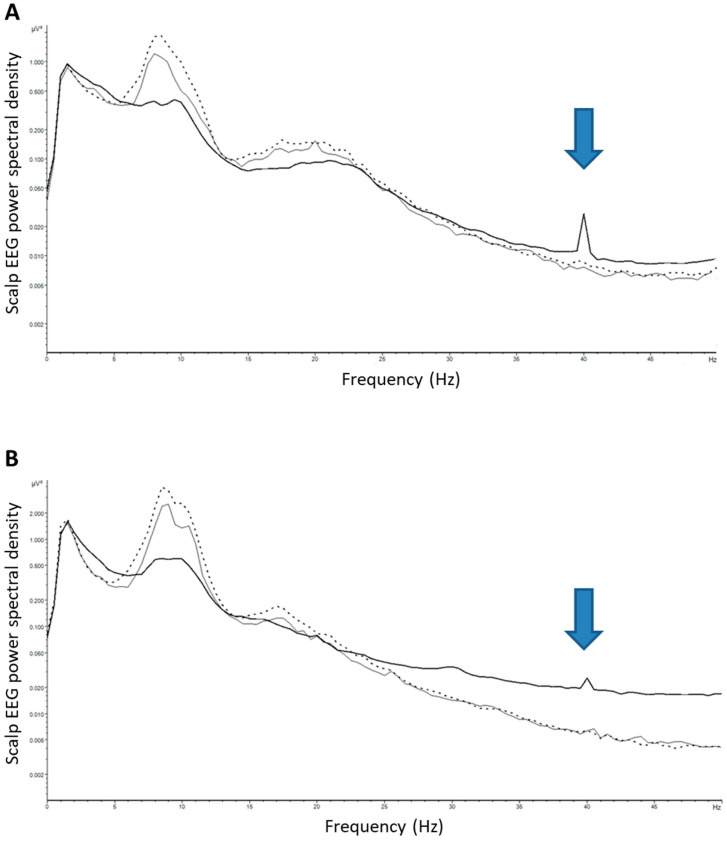
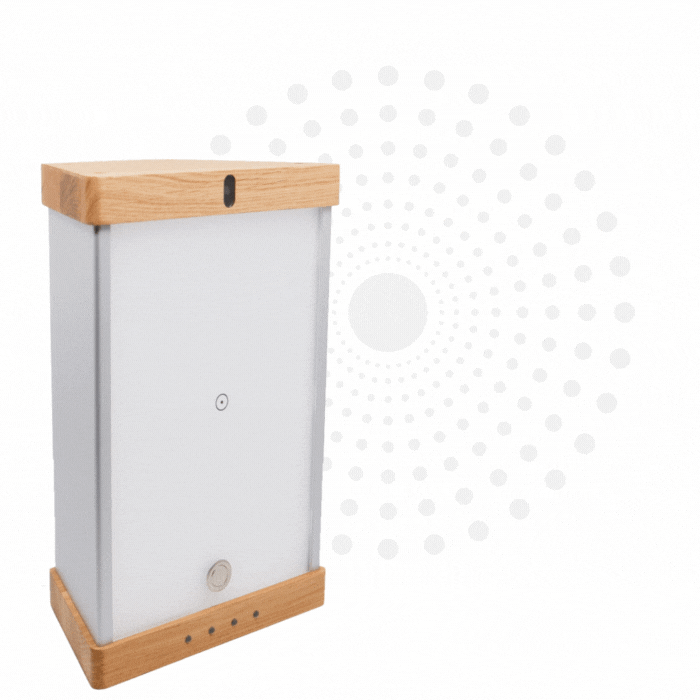
Enhance your brain performance through the power of light.
Comfortable and easy to use 40Hz light therapy to support and improve your brain function.
View Our LightHow Does Light And Sound Therapy Affect Brain Functions in Alzheimer’s?
Light and sound therapy for Alzheimer’s appears to work by using a frequency of 40Hz to synchronize dysfunctional brain waves. In doing so, many of the symptoms associated with Alzheimer’s seem to diminish somewhat. It is believed that this treatment works by positively affecting certain brain functions. These include:
- Improvement in Gamma Rhythm Power and Synchrony: Initial experiments with 40Hz stimulation have indicated improvements in gamma rhythm power and synchrony in the brain. This is significant because gamma rhythms are associated with higher cognitive functions, and their enhancement could potentially counteract cognitive decline in Alzheimer’s patients.
- Better Memory: Memory is a prominent area that is affected by Alzheimer’s. Light and sound therapy appears to help improve both memory and attention span in people with this disease.
- Amyloid Plaque: Amyloid plaques are a buildup of Amyloid proteins in the brain, and many believe this is what causes many of the hallmark symptoms of Alzheimer’s. These treatments appear to reduce the amount of Amyloid plaque in the brain, potentially slowing the progression of Alzheimer’s.
- Neuroprotection: Another area where brain functions are affected by light and sound therapy is neuroprotection. Treatment appears to promote neural strengthening, which helps with cognitive abilities.
Another way that sound and light therapy appears to alter brain functionality is by interacting with the circadian system in the brain, which is often dysfunctional in Alzheimer’s patients. By correcting issues in this system, sound and light therapy appears to improve sleep patterns and enhance mood in patients. This is useful because these areas are often greatly affected by Alzheimer’s resulting in a drop in quality of life.
Effect Of Light And Sound Therapy On Behaviors
Alzheimer’s disease often causes a number of behavior changes in those affected, particularly as the disease progresses. These changes range from issues with regulating sleep to things like depression or agitation. Light and sound therapy provides a potentially life changing treatment that can address many of these behavioral changes. It has been shown to help with:
- Mood: Many people with Alzheimer’s struggle with mood swings. Light and sound therapy appears to help with mood stabilization which, in turn, stops the dramatic mood swings.
- Aggression: Another behavioral change in Alzheimer’s patients is aggression or agitation. Light and sound therapy can provide a calming effect on patients, which can help soothe them and lower levels of aggression.
- Cognition: One of the hallmark symptoms of Alzheimer’s is memory and cognitive loss. It seems that light and sound therapy can help counter this by strengthening key functions in the brain.
What Is The Best Type Of Light And Sound Therapy For Alzheimer’s?
Although sound therapy typically uses a single type of sound to work – binaural beats – there are a few different light therapy options available. Choosing the right one depends on the specific symptoms of Alzheimer’s you’re aiming to target. So, to help you understand which is best for you, let’s take a look at the different types below:
ISF-Patented Technology
40Hz light therapy has been shown to be the most promising form of light therapy available to treat Alzheimer’s. Although most devices use stroboscopic technology – which has side effects such as nausea and headaches – opting for ISF technology from OptoCeutics may limit these side effects. It uses two types of white color to flicker in an almost indistinguishable way, ensuring the treatment doesn’t come with any negative outcomes.
Bright Light Therapy
Bright light therapy is a form of light therapy that uses bright light to simulate natural sunlight. This is believed to help adjust circadian rhythms, which are often dysfunctional in people with Alzheimer’s disease. It is a particularly useful treatment for aiding in sleep regulation and can also help with mood issues like depression.
Blue Light Therapy
Blue light therapy works in a similar way to bright light therapy, but uses a calming blue color to interact with circadian systems. It is a useful option if you want to tackle issues related to sleep, mood disturbances or general agitation.
Red and Near-Infrared Light Therapy
Red light therapy uses light from the near-infrared spectrum to penetrate deeper into tissues. This allows the treatment to interact with brain cells and offer a number of neuroprotective benefits. This includes things like memory retention or general cognitive abilities.
We Believe Prioritizing Brain Health Enhances Your Quality Of Life
Get to know our team, our mission and how our EVY LIGHT® can provide you and your loved ones with a fuller life, letting you breathe a little easier.
What Is The Best Light And Sound Device To Use For Alzheimer’s?
When it comes to finding the best light and sound device for treating Alzheimer’s disease, there are a few things to consider. For the sound device, make sure you find something that is comfortable and can create a 40Hz sound via binaural beats.
In terms of the best light device for Alzheimer’s treatments, you’re going to want to find a light therapy lamp that can be adjusted to 40Hz. It should also be designed with this form of treatment in mind so that it guarantees the best possible results. Opting for a device such as the EVY LIGHT is a great choice because it ticks all of these boxes.
How Much Does Light And Sound Therapy For Alzheimer’s Cost?
Light and sound therapy varies in price depending on where you receive treatment. Going through a clinical treatment route, such as in a hospital, is costly. What’s more, Medicaid and health insurance providers generally don’t cover this treatment, so you’ll have to pay for it out of your own pocket.
The other route is purchasing an at-home light therapy device, such as EVY LIGHT and simply download the 40 Hz sound from the internet and use a good set of headphones. This option gives you the freedom to undergo sessions in the comfort of your own home, at a time that suits you. It’s also a cost-effective option that doesn’t require trips to a clinic for treatment.
Can Light And Sound Therapy Be Detrimental If You Have Alzheimer’s?
There have been several studies around the safety of light and sound therapy treatments for people with Alzheimer’s. These all conclude that there is minimal risk associated with this form of therapy and there are no significant side effects. However, for people with certain conditions there may be an additional risk. So always consult with a doctor before undergoing these treatments if you suffer from:
- Problems with eyesight, such as retinal disease.
- Skin sensitivity issues including dermatitis.
- Behavioral disorders such as bipolar disorder.
- Light sensitivity or a history of migraines.
- Sound therapy may cause overstimulation, which causes heightened anxiety, confusion or irritation in people with Alzheimer’s.
- Auditory discomfort as a result of prolonged exposure to the 40Hz sound frequency.
View The Video Testimonials Of What Others Have Experienced
See how others have achieved a sharper mind by activating their gamma brainwaves in combination with maintaining a healthy lifestyle.
Frequently Asked Questions About Light & Sound Therapy For Alzheimer’s
What Is The Best Light Therapy For Alzheimer’s?
The best light therapy treatment for Alzheimer’s is one that uses 40Hz pulses. 40Hz light therapy aims to synchronize dysfunctional gamma waves found in the brains of Alzheimer’s patients. In doing so, many symptoms of the disease – both cognitive and non-cognitive – appear to diminish.
What Is The Best Sound Therapy For Alzheimer’s?
Sound therapy treatment options are limited because they all work using binaural beats set to 40Hz. So the best type of sound therapy will stem from the type of headphones used. Don’t use speakers for this treatment, as headphones are better equipped to carry the 40Hz frequency.


